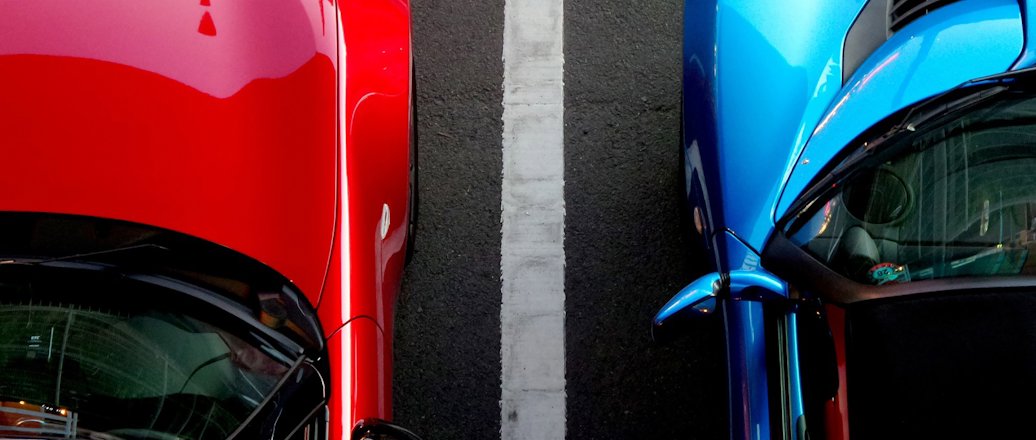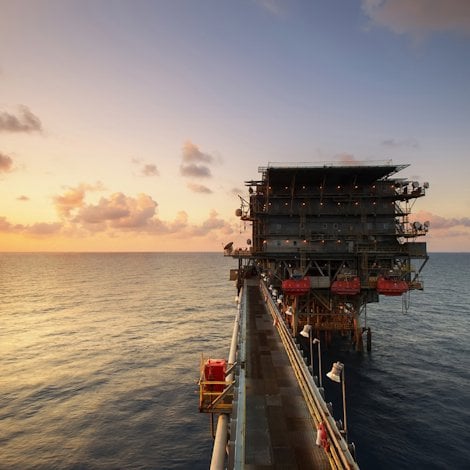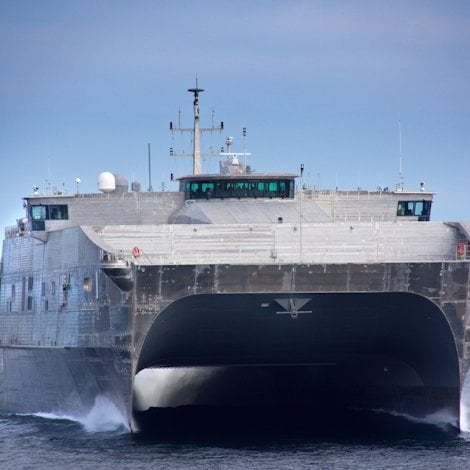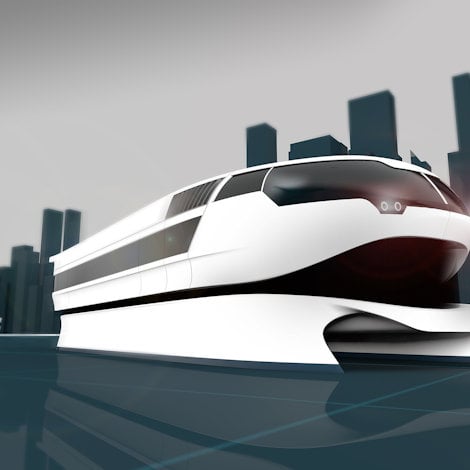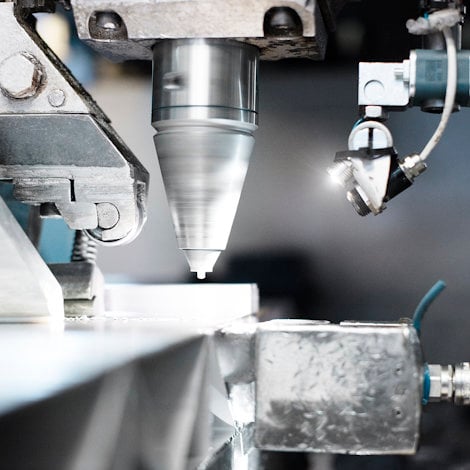What to consider when joining dissimilar metals
Multi-material thinking is about putting the right material in the right spot. Here are some points to consider when joining aluminium with steel.
There is large interest and a lot of questions about multi-material concepts in the automotive industry. The same is true in the transportation segment, where weight-saving can be directly translated to savings.
What they are mainly talking about is steel and aluminium, and how to best join these materials.
Joining steel and aluminium
Joining steel and aluminium is important and it is difficult. There are many joining methods out there. You have standard methods, joining with fasteners. Adhesives are a good alternative. Rivets or other fasteners combined with adhesives are even better.
We see spot welding combined with adhesives and cold metal transfer brazing making entry to dissimilar material combinations, such as steel and aluminium.
Welding aided by explosion-welded bimetallic strips works in the transport and marine segments, but it is expensive, cumbersome and challenging design-wise.
Considerations when joining dissimilar materials
What do you need to consider when joining dissimilar materials?
- Galvanic corrosion. This is a key generic point for all kinds of joining techniques.
- Melting points. Metals have different melting points, which can make welding difficult.
- Control the formation of brittle intermetallic phases at elevated temperatures
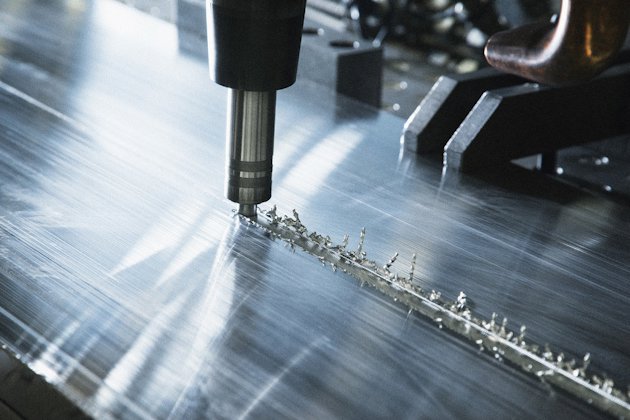
Friction stir welding overcomes melting-point issues
Friction stir welding (FSW) overcomes melt-related problematics, such as porosity and cracking. FSW is a solid-state process. This not only eliminates melt-type issues but also significantly decreases the temperature in the weld zone. This in turn limits formation of intermetallic phases.
Other benefits:
- Exceeds strength of fusion welding
- Low deformation
- Much more repeatable process, providing greater consistency
- Applicable to joining dissimilar materials
Although it is not yet fully commercialized, FSW appears as an attractive method to weld aluminium and steel.

